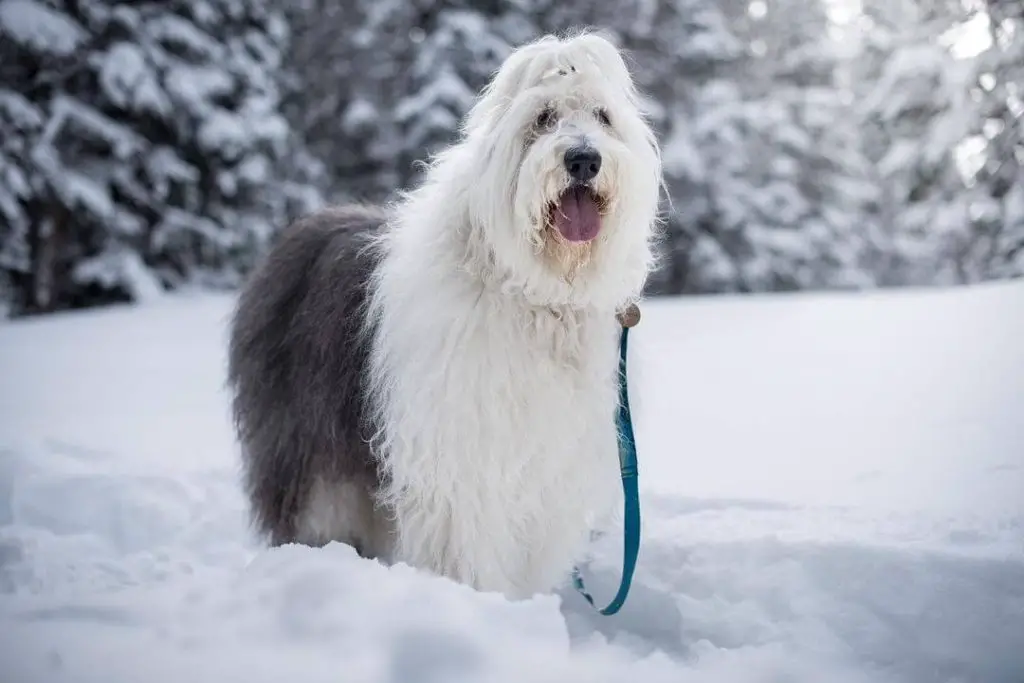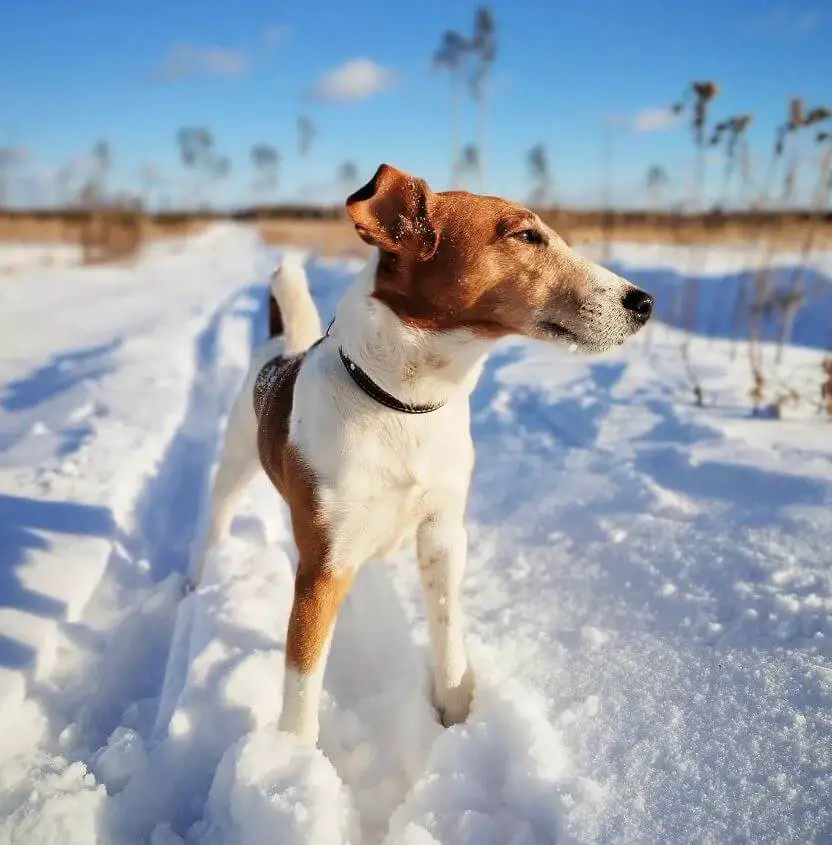As the temperature drops during the winter months, it’s important for dog owners to be aware of the risks of hypothermia in dogs. Hypothermia is a dangerous condition that occurs when a dog’s body temperature drops below normal, leading to a variety of health complications. In this article, we will explore the signs, causes, and prevention of hypothermia in dogs, and provide important information on how to keep your furry friend safe during cold weather.

Understanding Hypothermia in Dogs:
Hypothermia occurs when a dog’s body loses heat faster than it can generate heat, resulting in a dangerously low body temperature. Dogs are susceptible to hypothermia when they are exposed to cold temperatures for extended periods, especially when combined with wetness, wind, or inadequate shelter. Smaller dogs, dogs with short coats, puppies, senior dogs, and dogs with certain health conditions are more vulnerable to hypothermia.
Signs of Hypothermia in Dogs:
It’s crucial for dog owners to recognize the signs of hypothermia in their pets. Some common signs of hypothermia in dogs include shivering, lethargy, weakness, pale or cold skin, slow heart rate, shallow breathing, dilated pupils, stumbling, disorientation, and collapse. In severe cases, hypothermia can lead to organ failure, coma, and even death.
Causes of Hypothermia in Dogs:
There are several factors that can contribute to hypothermia in dogs. Exposure to cold weather for prolonged periods without adequate shelter, wetness from rain or snow, submersion in cold water, being stranded in cold outdoor environments, and improper insulation or bedding in outdoor kennels can all increase the risk of hypothermia in dogs. Additionally, dogs that are left outside without access to warmth, food, or water during cold weather are at higher risk.

Prevention of Hypothermia in Dogs:
Preventing hypothermia in dogs requires proactive measures from dog owners. Here are some important tips to keep your dog safe during cold weather:
1 – Limit exposure to cold weather: Avoid prolonged exposure to cold temperatures, especially in wet and windy conditions. Bring your dog indoors or provide adequate shelter with insulation, dry bedding, and a windbreak.
2 – Dress your dog appropriately: Consider using doggy coats or sweaters to provide additional warmth for dogs with short coats, small dogs, puppies, senior dogs, or dogs with health conditions.
3 – Provide warm bedding: Ensure that your dog has a warm and dry place to rest with proper bedding, such as blankets, straw, or elevated beds, to prevent direct contact with cold surfaces.
4 – Keep your dog dry: Dry your dog thoroughly after exposure to moisture, such as rain, snow, or water. Wet fur can lower a dog’s body temperature more quickly.
5 – Avoid leaving your dog unattended: Do not leave your dog unattended in cold weather, especially outdoors, for extended periods. If your dog must stay outside, provide access to a warm, dry shelter and fresh water.
6 – Provide adequate nutrition: Cold weather increases a dog’s energy expenditure, so provide them with adequate food and water to keep their energy levels up and maintain body warmth.
7 – Monitor your dog closely: Keep a close eye on your dog’s behavior and physical condition during cold weather. Look for signs of hypothermia and seek immediate veterinary care if you suspect your dog is suffering from hypothermia.

Hypothermia is a serious condition that can pose a risk to dogs during cold weather. As responsible dog owners, it’s important to be aware of the signs, causes, and prevention of hypothermia in dogs. By taking proactive measures to provide warmth, shelter, and proper care for our furry friends during cold weather, we can help prevent hypothermia and keep our dogs safe and healthy. Remember to limit exposure to cold weather, dress your dog appropriately, provide warm bedding, keep your dog dry, avoid leaving them unattended in cold weather, provide adequate nutrition, and monitor them closely for any signs of hypothermia. If you suspect your dog is suffering from hypothermia, seek immediate veterinary care. Stay vigilant and take the necessary steps to protect your beloved pet from the risks of hypothermia in winter. Your dog’s health and well-being are worth the extra effort during cold weather months.
Remember, prevention is key when it comes to hypothermia in dogs. By being proactive and taking steps to keep your dog warm, dry, and sheltered during cold weather, you can help prevent this dangerous condition. Always prioritize your dog’s safety and well-being, and seek veterinary care if you suspect your dog may be suffering from hypothermia. With proper care and attention, you can keep your furry friend safe and comfortable, even during the coldest months of the year. Stay informed, take precautions, and enjoy the winter season with your happy and healthy dog!
